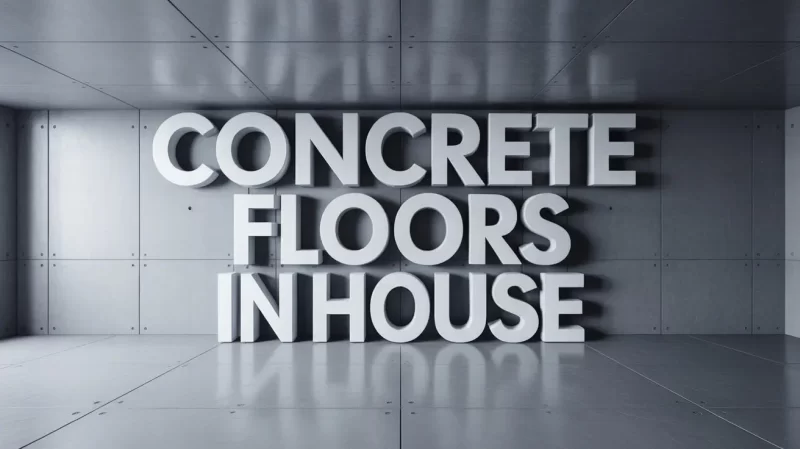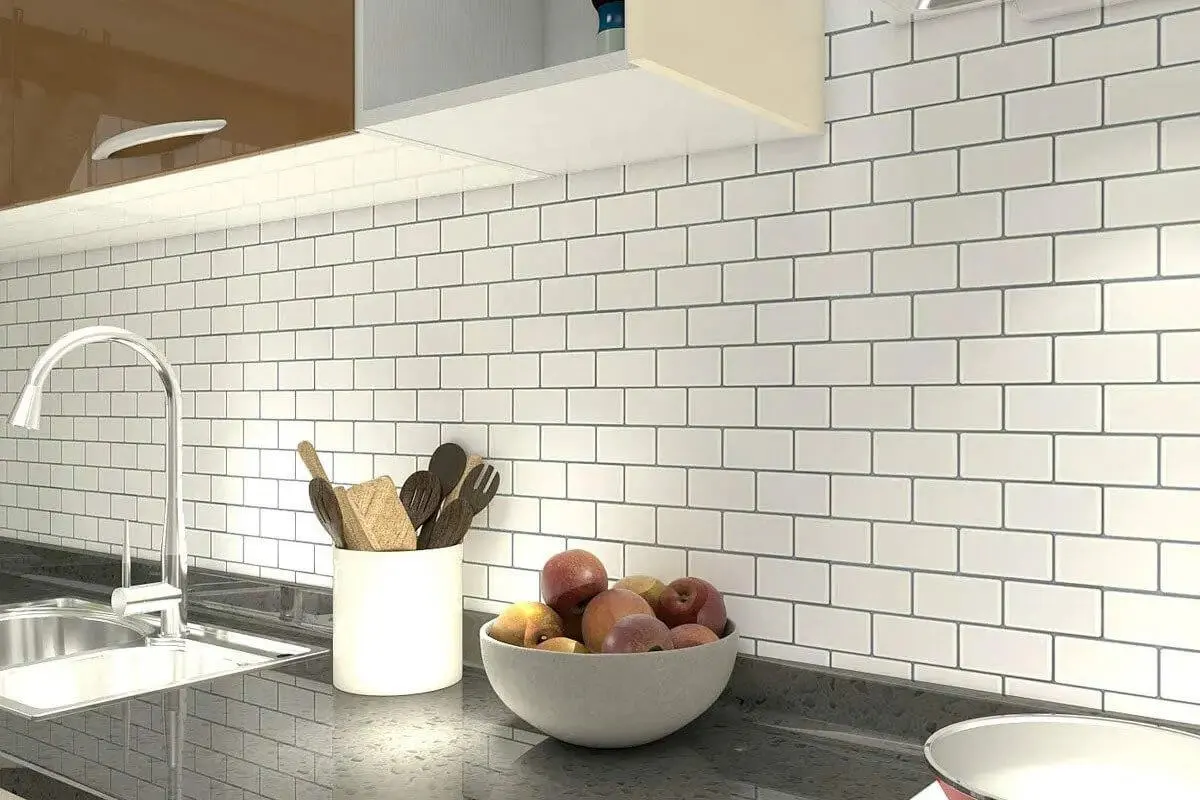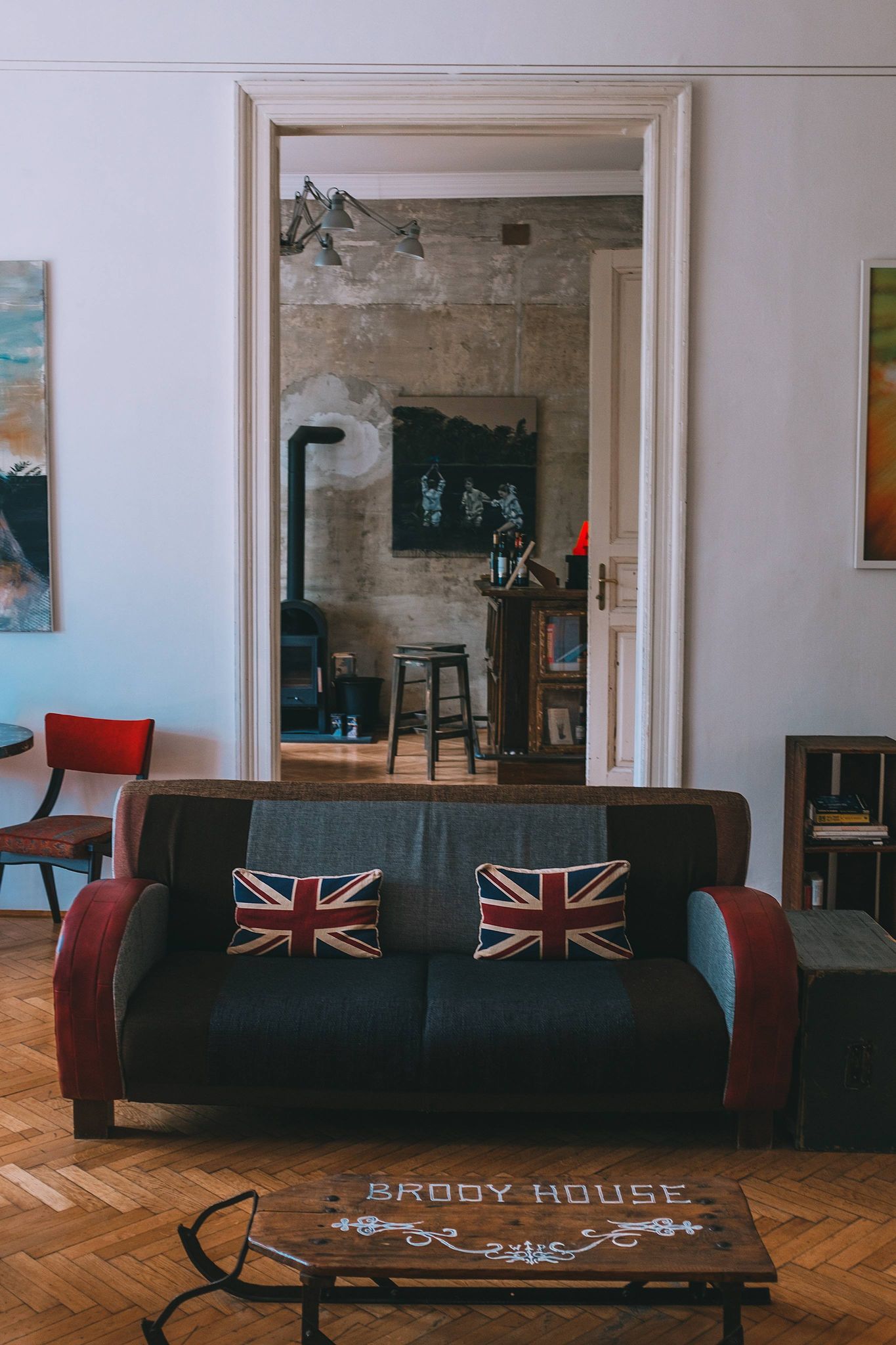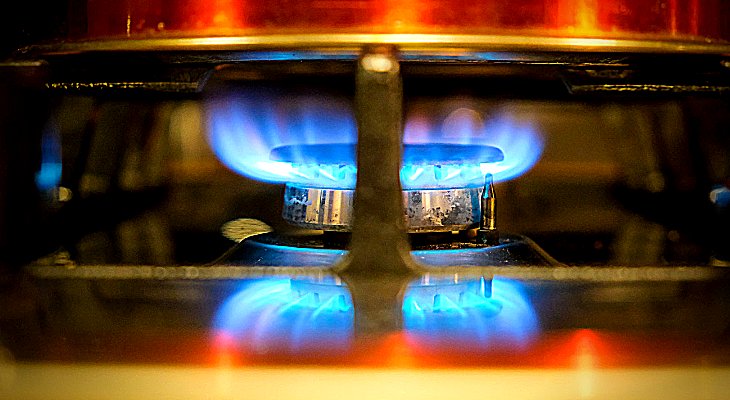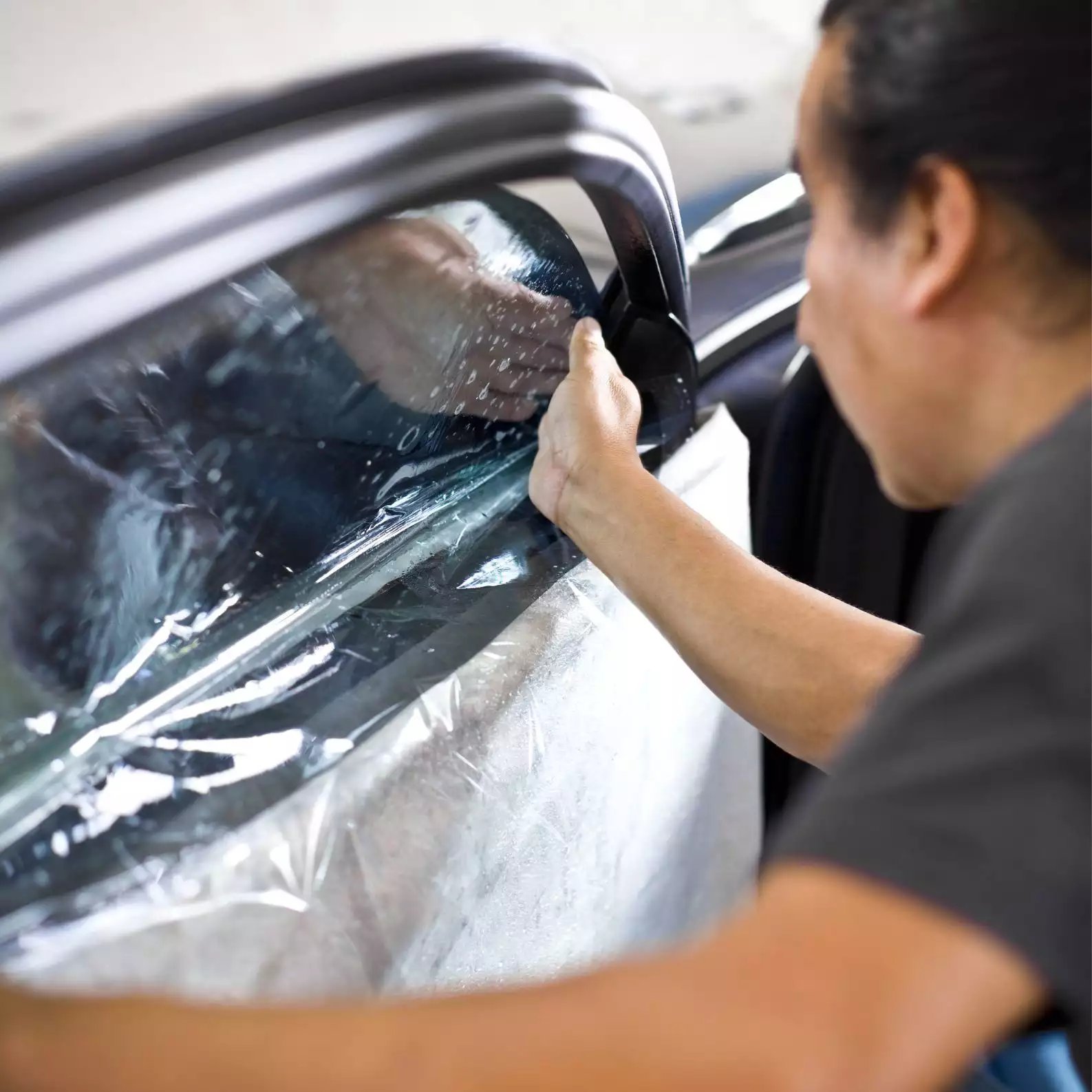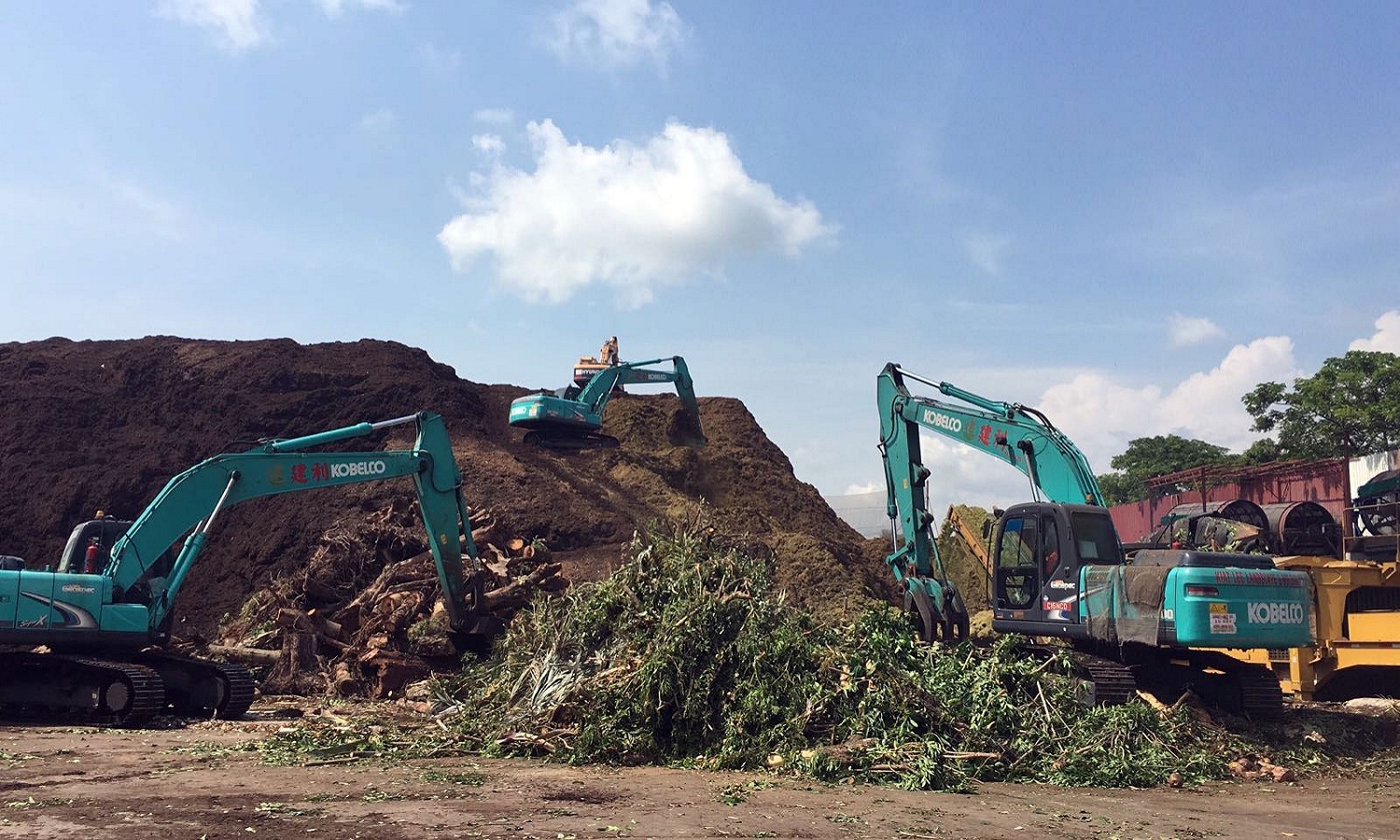Best Method for Polishing Concrete Floors in House Smoothly
Polished concrete floors have become a popular choice in modern homes. They provide durability, low maintenance, and a sleek, contemporary look. Whether you’re renovating an old floor or installing a new one, knowing the best method for polishing concrete floors in house ensures a smooth, long-lasting finish. This guide walks you through the steps, tips, and tricks to achieve a professional-grade result.
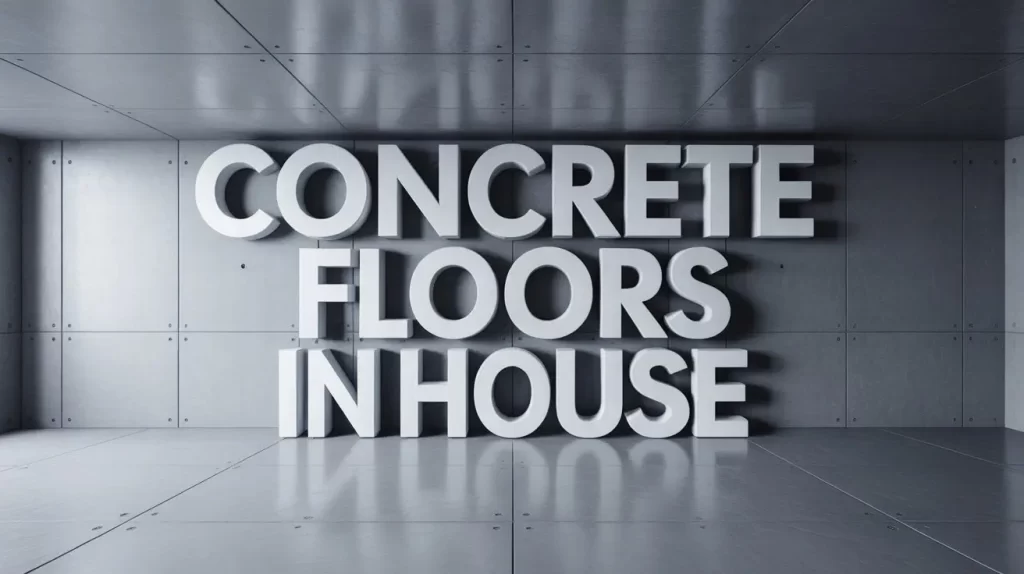
Content
Why Choose Polished Concrete Floors
Concrete floors are known for their strength and longevity. Polishing them enhances their natural beauty while providing practical benefits:
- Durability: Resistant to scratches and heavy foot traffic.
- Low Maintenance: Easy to clean with a damp mop.
- Eco-Friendly: Reduces the need for carpets or other synthetic flooring.
- Versatility: Can match modern, industrial, or traditional home interiors.
According to industry reports, homes with polished concrete floors can save up to 30% on maintenance costs over a 10-year period compared to other flooring types.
Preparing Your Concrete Floor
Cleaning and Inspection
Start by clearing the area of furniture and debris. Sweep and vacuum thoroughly to eliminate dust and dirt. Inspect the surface for cracks, stains, or uneven spots. Just like maintaining a Parquet Floor, small cracks in concrete should be repaired with a suitable patching compound before polishing.
Grinding the Surface
Use a coarse diamond grinding pad (around 30–40 grit) to remove surface imperfections. Grinding ensures a flat and smooth base, which is essential for a polished finish.
Moisture Testing
Check for moisture in the concrete before polishing. Excess moisture can cause polishing issues, weaken the surface, and lead to poor adhesion of sealers or coatings. Use a moisture meter for accurate results, and if moisture is present, address it with proper ventilation, dehumidifiers, or a moisture barrier. Ensuring the concrete is dry will help achieve a durable, smooth, and long-lasting finish.
Polishing Process
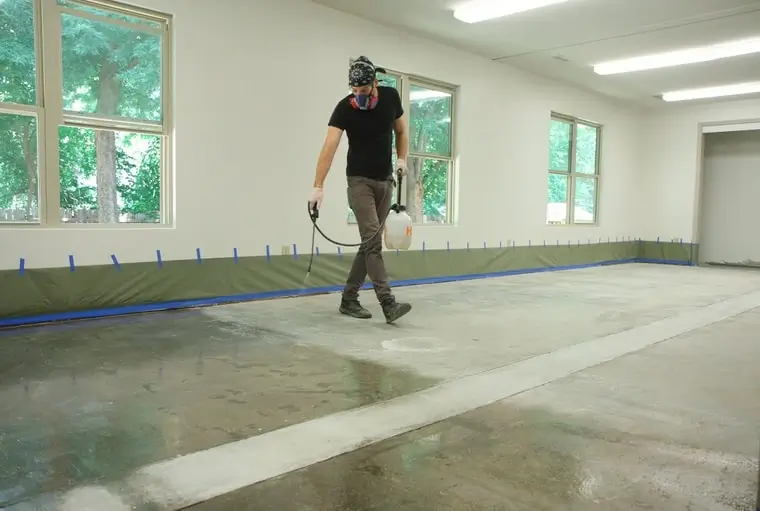
Coarse Polishing
Begin with coarse-grit diamond pads (30–50 grit) to remove minor imperfections and prepare the floor. This step sets the foundation for a smooth surface.
Medium Polishing
Switch to medium-grit pads (100–200 grit) to refine the surface. This step reduces scratches and creates a more even appearance.
Fine Polishing
Use fine-grit pads (400–800 grit) to achieve a smooth and glossy finish. This step enhances the natural texture and gives the concrete a polished look. For an even higher shine, you can progress to finer grits up to 1500 or 3000. Applying a densifier during the process will harden the surface, improve durability, and make the polished floor more resistant to stains and wear.
Optional High-Gloss Polishing
For a mirror-like finish, use extra-fine pads (1500–3000 grit). This step is ideal for living rooms, kitchens, and high-traffic areas where aesthetics are key.
Sealing and Protecting the Floor

Once polished, sealing the concrete protects it from stains, spills, and wear. Choose a high-quality concrete sealer suitable for indoor use. Apply in thin, even layers and allow proper drying time between coats.
Tips for Longevity:
- Clean spills immediately.
- Use rugs or mats in high-traffic areas.
- Avoid harsh chemicals that can damage the seal.
Benefits of Polished Concrete Floors in House
- Enhanced Appearance: Smooth, glossy floors complement any interior style.
- Hypoallergenic: Unlike carpets, concrete floors don’t harbor dust or allergens.
- Cost-Effective: Lower maintenance and long lifespan reduce overall costs.
- Sustainability: Polishing existing concrete is environmentally friendly and reduces waste.
Common Mistakes to Avoid
- Skipping surface preparation, which can lead to uneven polishing.
- Using improper grit sequence, causing scratches and dull spots.
- Neglecting moisture testing, which may affect adhesion and finish.
- Overlooking sealers, leaving the floor vulnerable to stains and damage.
Conclusion:
Polishing Concrete Floors in House is a practical and stylish choice for modern homeowners. By properly preparing your space, using the right tools, and following a step-by-step process, Concrete Floors in House can achieve a smooth, glossy finish that lasts for years. Regular maintenance keeps Concrete Floors in House looking sleek and durable, while the correct polishing techniques enhance the beauty and longevity of Concrete Floors in House, adding both value and aesthetic appeal to your home.
FAQs about Concrete Floors in House:
1. Disadvantages of concrete floors?
Concrete floors are durable but can be cold, hard, prone to cracks, and need sealing to prevent moisture and stains.
2. What to know about concrete floors?
Concrete floors are strong, customizable, and low-maintenance but require sealing for protection from cracks and damage.
3. Is it good to have concrete floors in your house?
Yes, concrete floors are durable and stylish, but they may feel cold or hard without rugs or added insulation.
4. How long will a concrete floor last?
With proper installation and care, concrete floors can last 50–100 years, making them one of the most durable options.

Alexis is a dedicated home improvement blog author who has a passion for writing. She enjoys blogging about all sorts of topics, from interior design to landscaping and more! She loves the outdoors and spending time in nature with her family. She also likes to bake in her free time.

